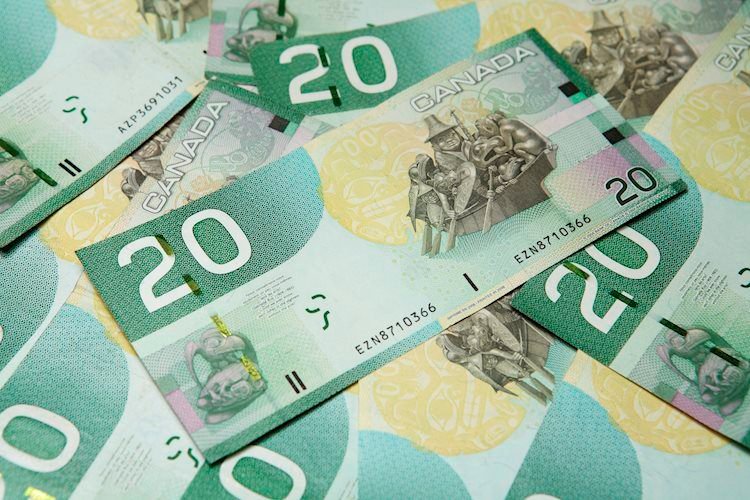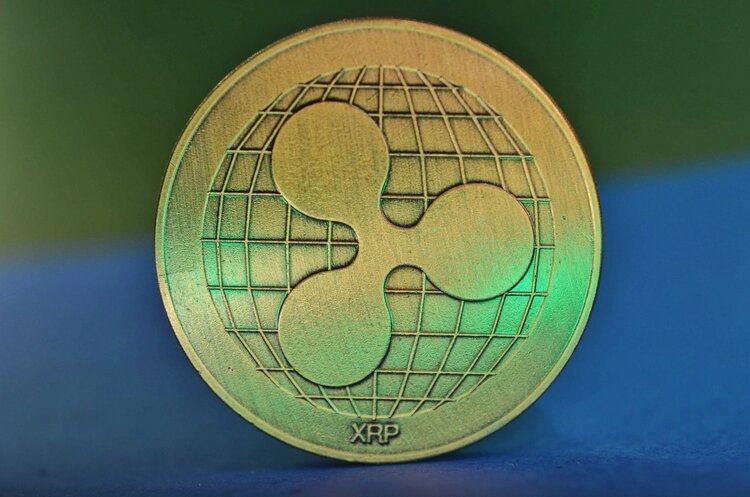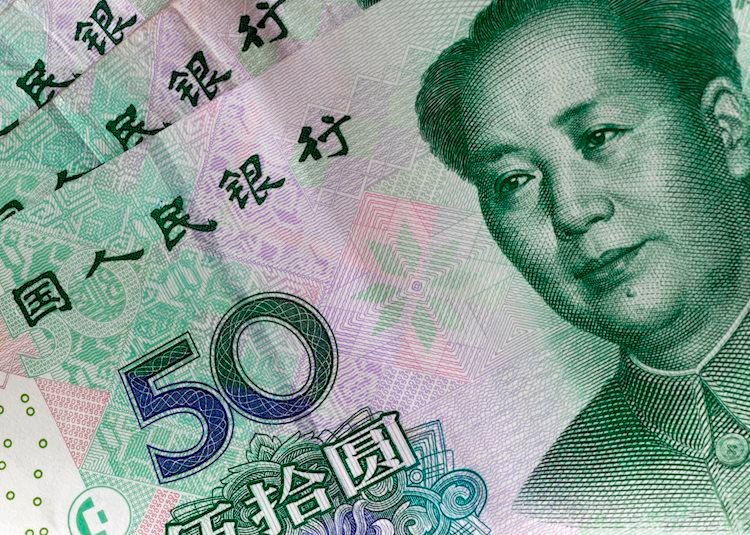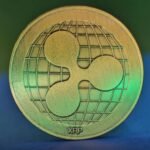- The Australian Dollar rises due to risk-on sentiment after softer US jobs data released on Friday.
- The Australian Dollar derived strength from the hawkish sentiment surrounding the RBA.
- The Nonfarm Payrolls report indicated fewer jobs added than anticipated in April, marking a notable deceleration from March’s reading.
The Australian Dollar (AUD) maintained its winning streak for the fourth consecutive session on Monday, buoyed by a hawkish sentiment surrounding the Reserve Bank of Australia (RBA). This optimism bolsters the strength of the Aussie Dollar, providing support to the AUD/USD pair.
The Australian central bank is widely anticipated to hold the cash rate steady at a 12-year high of 4.35% in its upcoming Tuesday meeting. However, there are expectations that it may reintroduce a soft tightening bias, particularly after last week’s higher-than-expected inflation data, as reported by The Australian Financial Review.
The US Dollar Index (DXY), which gauges the performance of the US Dollar (USD) against six major currencies, remains under pressure due to softer-than-expected US jobs data released on Friday. This development revived hopes for potential interest rate cuts by the US Federal Reserve (Fed) later this year. The prevalent risk appetite may continue this week following Fed Chair Jerome Powell’s relatively dovish stance on the monetary policy outlook during Wednesday’s session.
Daily Digest Market Movers: Australian Dollar appreciates amid hawkish RBA
- TD Securities Inflation (YoY) released by The University of Melbourne, came down to 3.7% in April, from the previous month’s 3.8%. In the meantime, the monthly rate remained at 0.1%.
- On Friday, Nonfarm Payrolls showed that the US economy added 175,000 jobs in April, lower than the estimated 243,000 and signaling a significant slowdown from March’s addition of 315,000 jobs.
- The Judo Bank Australia Composite Purchasing Managers Index (PMI) declined in April, indicating a slightly slower growth in Australian private sector output. The growth in business activity was mainly confined to the service sector while manufacturing output continued to decrease.
- According to forecasts by analysts at Commonwealth Bank and Westpac, the RBA’s interest rate is expected to peak at its highest point at 4.35% in November 2023, then decrease to 3.10% by December 2025.
- Australia’s central bank is expected to maintain its key policy rate at 4.35% for a fourth consecutive meeting on Tuesday, and likely until the end of September, as per a Reuters poll of economists. These economists predict only one interest rate cut this year.
- Federal Reserve Bank of Chicago President Austan Goolsbee commented on the April labor market data, stating to Bloomberg TV that the report was robust. Goolsbee emphasized the need for the Fed to ascertain whether it is still committed to reducing inflation. He noted that if the Fed maintains a restrictive stance for too long, it will need to consider the employment aspect of its mandate.
- According to the CME FedWatch Tool, the probability of the Federal Reserve keeping interest rates within their current range of 5.25%-5.50% during the June meeting has increased to 91.6%, up from 88.9% a week ago.
Technical Analysis: Australian Dollar holds ground above the psychological level of 0.6600
The Australian Dollar trades around 0.6620 on Monday. The pair remains positioned in a symmetrical triangle pattern, with the 14-day Relative Strength Index (RSI) above the 50-level, indicating a bullish bias.
The AUD/USD pair might retest the upper boundary around the level of 0.6649. A breakthrough above this level could lead the pair to explore the region around March’s high of 0.6667.
On the downside, the AUD/USD pair could find immediate support at the psychological level of 0.6600, followed by the nine-day Exponential Moving Average (EMA) at 0.6552. A break below the latter could exert pressure on the pair to test the throwback support at the 0.6480 level, followed by the lower boundary of the symmetrical triangle around the level of 0.6465.
AUD/USD: Daily Chart
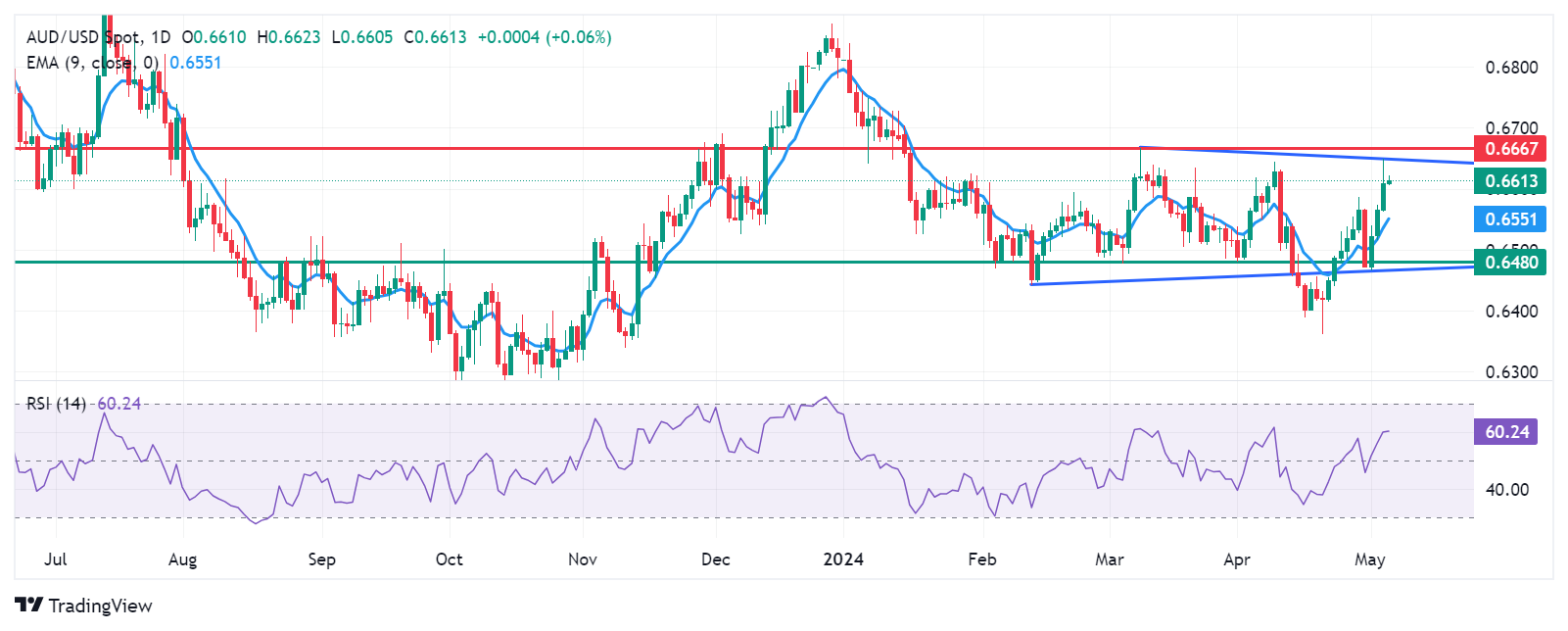
Australian Dollar price today
The table below shows the percentage change of the Australian Dollar (AUD) against listed major currencies today. The Australian Dollar was the strongest against the New Zealand Dollar.
| USD | EUR | GBP | CAD | AUD | JPY | NZD | CHF | |
| USD | -0.08% | -0.05% | -0.06% | -0.09% | 0.02% | 0.05% | -0.02% | |
| EUR | 0.07% | 0.01% | 0.01% | -0.02% | 0.08% | 0.13% | 0.04% | |
| GBP | 0.03% | -0.01% | 0.00% | -0.04% | 0.07% | 0.09% | 0.03% | |
| CAD | 0.15% | 0.05% | 0.09% | 0.28% | -0.15% | 0.08% | 0.04% | |
| AUD | 0.10% | 0.02% | 0.03% | 0.03% | 0.11% | 0.14% | 0.06% | |
| JPY | -0.04% | -0.08% | -0.04% | -0.09% | -0.10% | 0.06% | -0.06% | |
| NZD | -0.05% | -0.11% | -0.09% | -0.10% | -0.16% | -0.02% | -0.06% | |
| CHF | 0.03% | -0.04% | -0.03% | -0.03% | -0.07% | 0.06% | 0.07% |
The heat map shows percentage changes of major currencies against each other. The base currency is picked from the left column, while the quote currency is picked from the top row. For example, if you pick the Euro from the left column and move along the horizontal line to the Japanese Yen, the percentage change displayed in the box will represent EUR (base)/JPY (quote).
RBA FAQs
The Reserve Bank of Australia (RBA) sets interest rates and manages monetary policy for Australia. Decisions are made by a board of governors at 11 meetings a year and ad hoc emergency meetings as required. The RBA’s primary mandate is to maintain price stability, which means an inflation rate of 2-3%, but also “..to contribute to the stability of the currency, full employment, and the economic prosperity and welfare of the Australian people.” Its main tool for achieving this is by raising or lowering interest rates. Relatively high interest rates will strengthen the Australian Dollar (AUD) and vice versa. Other RBA tools include quantitative easing and tightening.
While inflation had always traditionally been thought of as a negative factor for currencies since it lowers the value of money in general, the opposite has actually been the case in modern times with the relaxation of cross-border capital controls. Moderately higher inflation now tends to lead central banks to put up their interest rates, which in turn has the effect of attracting more capital inflows from global investors seeking a lucrative place to keep their money. This increases demand for the local currency, which in the case of Australia is the Aussie Dollar.
Macroeconomic data gauges the health of an economy and can have an impact on the value of its currency. Investors prefer to invest their capital in economies that are safe and growing rather than precarious and shrinking. Greater capital inflows increase the aggregate demand and value of the domestic currency. Classic indicators, such as GDP, Manufacturing and Services PMIs, employment, and consumer sentiment surveys can influence AUD. A strong economy may encourage the Reserve Bank of Australia to put up interest rates, also supporting AUD.
Quantitative Easing (QE) is a tool used in extreme situations when lowering interest rates is not enough to restore the flow of credit in the economy. QE is the process by which the Reserve Bank of Australia (RBA) prints Australian Dollars (AUD) for the purpose of buying assets – usually government or corporate bonds – from financial institutions, thereby providing them with much-needed liquidity. QE usually results in a weaker AUD.
Quantitative tightening (QT) is the reverse of QE. It is undertaken after QE when an economic recovery is underway and inflation starts rising. Whilst in QE the Reserve Bank of Australia (RBA) purchases government and corporate bonds from financial institutions to provide them with liquidity, in QT the RBA stops buying more assets, and stops reinvesting the principal maturing on the bonds it already holds. It would be positive (or bullish) for the Australian Dollar.










